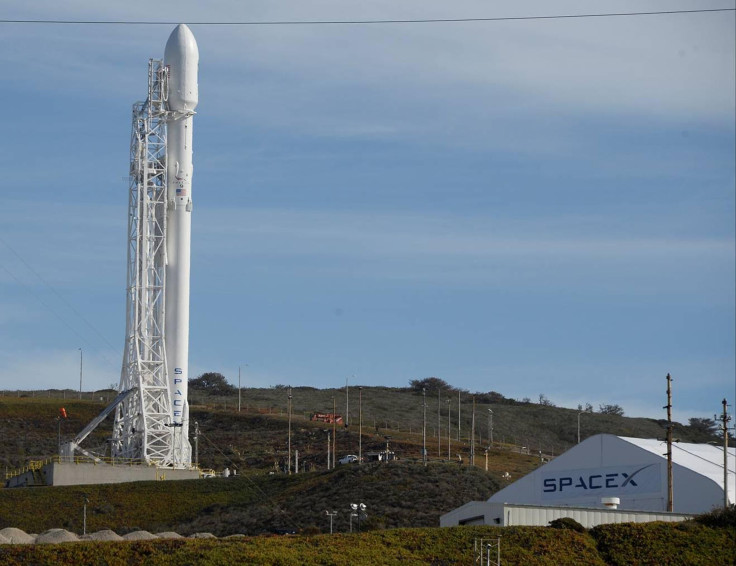SpaceX Launch Time Live Stream: Watch First Reused Falcon 9 Rocket Blast Into Orbit

SpaceX has already changed the way we think of space travel, not least because of its CEO Elon Musk who is determined to make us humans into a multi-planetary species by colonizing Mars. The company has been routinely landing the first stages of its Falcon 9 rockets that were used to put satellites in orbit, and on Thursday, the company is set for another pioneering effort when it will fly a reused rocket for the first time.
Thursday’s mission, which will be live streamed, will deliver a commercial communications satellite, SES-10, to a geostationary transfer orbit. The Falcon 9, which previously flew a cargo mission to the International Space Station for NASA, will launch from the Launch Complex 39A at the Kennedy Space Center, Florida. The launch time window opens at 6:27 p.m. EDT and lasts two and a half hours.
If today's SpaceX launch time is scrapped, another launch window opens at 6:27 p.m. EDT on April 1. The launch will be live streamed and can be watched here.
According to a briefing by SpaceX, the first and second stages will separate at 2 minutes 41 seconds after launch and the satellite, which is designed to exclusively serve the Latin American market, will deploy 32 minutes after liftoff. Meanwhile, the first stage will attempt to land on the “Of Course I Still Love You” droneship in the Atlantic Ocean about 8 minutes 32 seconds after launch.
“The SES-10 mission will mark a historic milestone on the road to full and rapid reusability as the world’s first reflight of an orbital class rocket. Falcon 9’s first stage for the SES-10 mission previously supported the successful CRS-8 mission in April 2016,” the company said in the briefing.
SES is a Luxembourg-based satellite owner and operator that provides communications services across the globe. SES-10 will replace the current capacity provided by two older SES satellites at its target location.
The #SES10 launch window opens at 6:27pm EDT. Stay tuned for launch! https://t.co/Pm3tC8SyzV
— SES (@SES_Satellites) March 30, 2017
© Copyright IBTimes 2024. All rights reserved.











